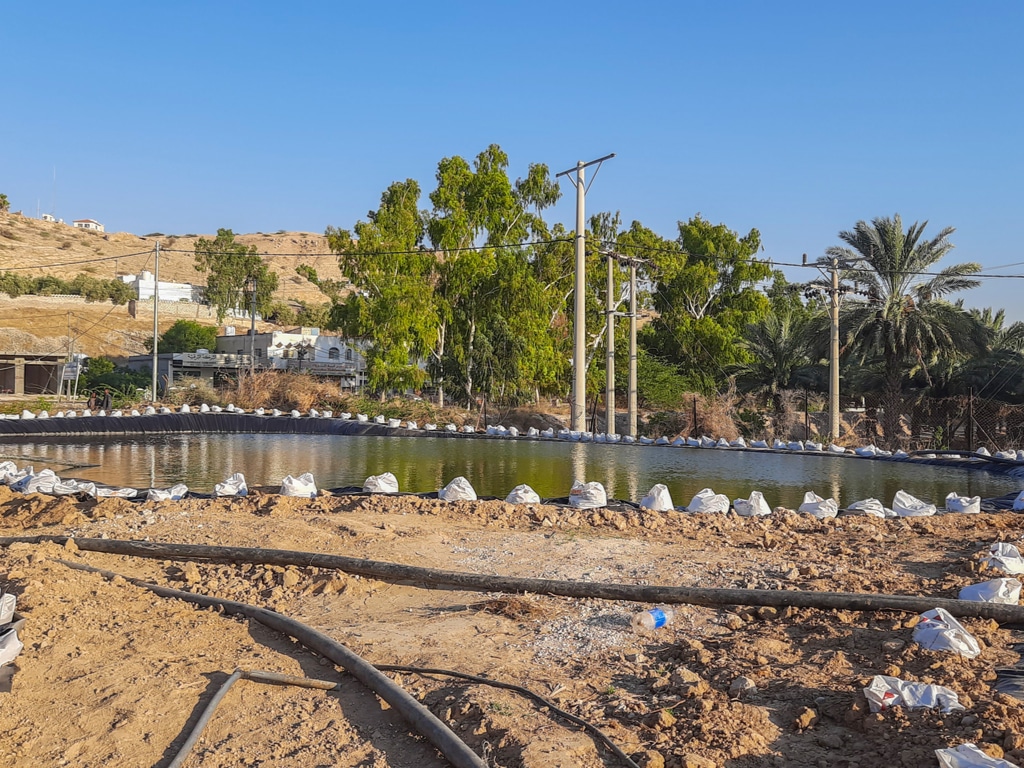The 2 billion Egyptian pound (over $127.35 million) loan from Emirates NBD Bank completes the financing phase for the construction of the Al-Hamam wastewater treatment plant in Egypt. The plant will enable the reuse of agricultural wastewater in Upper Egypt. The treatment plant will provide water for the irrigation of 210,000 hectares of agricultural land, with a treatment capacity of 6 million m3 of water per day, making it one of the largest reuse facilities in the country.
The construction of the new plant is being carried out by the Egyptian companies Arab Contractors, Orascom Construction, Hassan Allam Construction, and Metito Water Treatment Group in a consortium. The future plant will help combat water shortages in north-western Egypt, which is plagued by drought that causes water evaporation and changes in rainfall patterns. This phenomenon is also causing land degradation that is affecting agricultural activities. A total of 210,000 hectares of agricultural land restored under the national “New Delta” project will be irrigated by the Al-Hamam plant.
Preserving resources
A canal dug over at least 120 km will collect agricultural wastewater and transport it to the future plant. In addition to improving water supply and reducing marine pollution, this solution has the major advantage of providing an alternative resource that will ultimately allow Egyptian farmers to limit the withdrawal of fresh water from the Nile. Furthermore, wastewater reuse is part of a comprehensive circular economy approach to the water cycle, which is much cheaper and less energy-intensive.
Read Also – Urban sanitation, a major challenge for sustainable cities in Africa
The Al-Hamam wastewater treatment plant will be one of many plants operating in Egypt. Egypt is a pioneer in North Africa in the reuse of treated wastewater. To optimise this practice, the Egyptian government is also imposing restrictive measures on the use of irrigation water. The country of the Pharaohs plans, for example, to promote low-water consumption crops (fruit, vegetables, etc.) to the detriment of high-consumption crops such as rice, in order to limit the waste of the resource.
Inès Magoum
